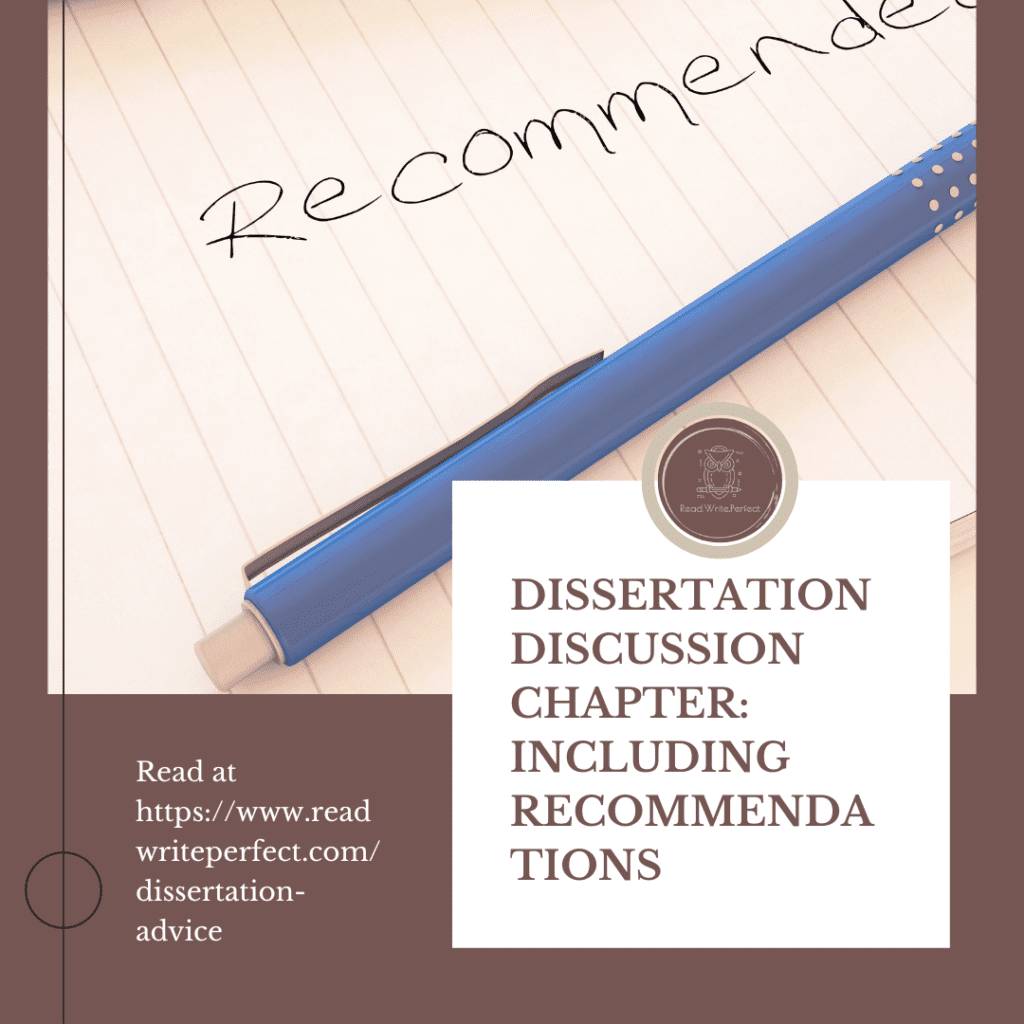
The discussion chapter is the final chapter in most dissertations, and the recommendations section is a key component of this important, concluding chapter. Usually appearing toward the end of the discussion chapter, the recommendations section allows you to acknowledge the limits of your own research and guide others in how to use your findings and pick up where you left off.
There are lots of articles out there about how to write a discussion section, but very few of them focus in specifically on the recommendations section. In this post, we’ll examine three options for recommendations to include in this important section of your paper, along with examples of what these can look like.

One way to include recommendations is to point the way for other researchers to take your work further. Remember how useful this was when you were reading other people’s papers and dissertations to build your lit review and research gap? Now is your chance to do the same for the researchers who come after you.
The easiest way to structure this type of recommendation is to start with your limitations (usually described in Chapter 1 or Chapter 3). What were you not able to do in your study? Where does your contribution to the problem leave off? Here are a few examples:
Remember to consider the problem you started with when making these recommendations. You set out to address a specific research and social problem when you started your dissertation, but no dissertation can really solve the whole problem – so what more needs to be done?

Another form of recommendation you can make concerns how others might be able to use your findings out in the real world. Again, think about that research problem you set out to tackle – hopefully, your findings offer the basis for some form of solution. What should that solution look like? How can your findings be applied by professionals working on this problem? Here are some (purely fictional) examples:
As you make this type of recommendation, think carefully about who you imagine will look for, access, and read your published recommendation. Who is your ideal reader and what would you like them to do with your findings?

You can also recommend that other researchers work to further validate what you have found. Because few dissertations have the time and resources to deal effectively with every limitation (see tip 1 above), there is always work that can be done to double-check your work. Here are a few things you can recommend other researchers do to validate your findings:
The aim with this type of recommendation is less to focus on the limitations of your study and more to focus on the repeatability and generalizability – you are recommending ways other researchers can confirm that what you found is accurate, representative, and generalizable enough to be useful.
Need help with the recommendations in your dissertation discussion chapter? Get personalized support with dissertation coaching services.
